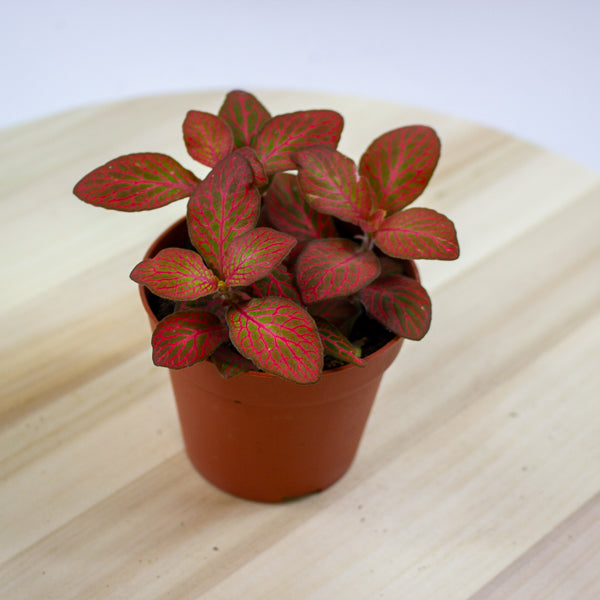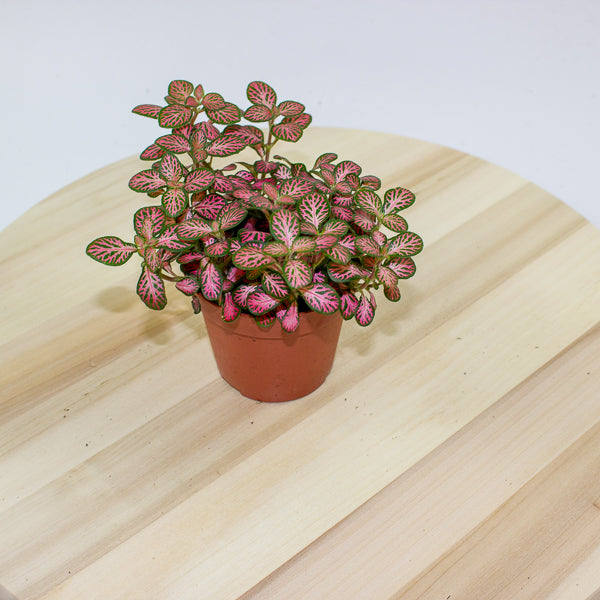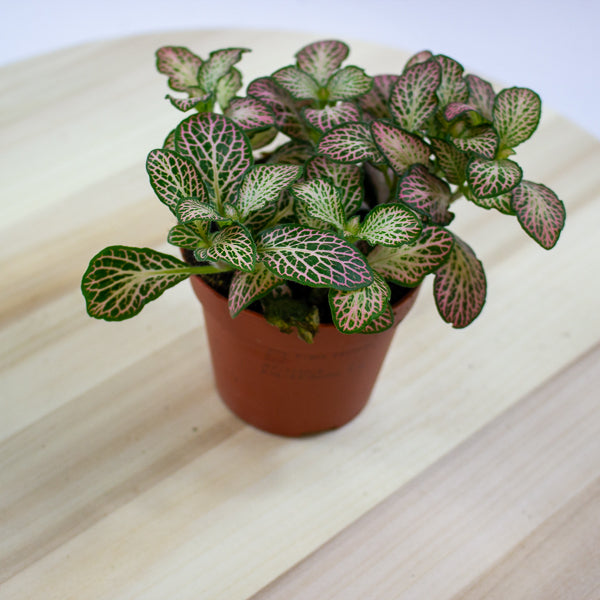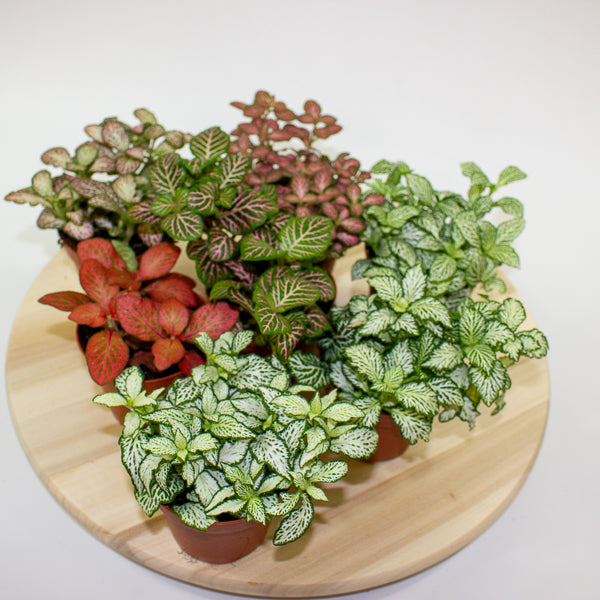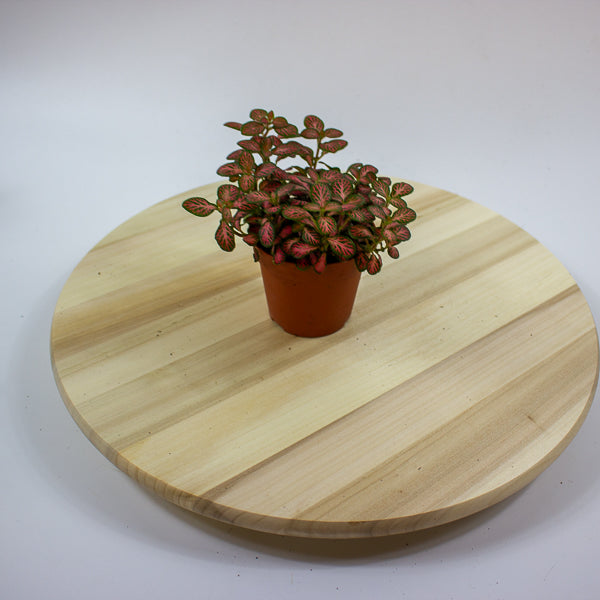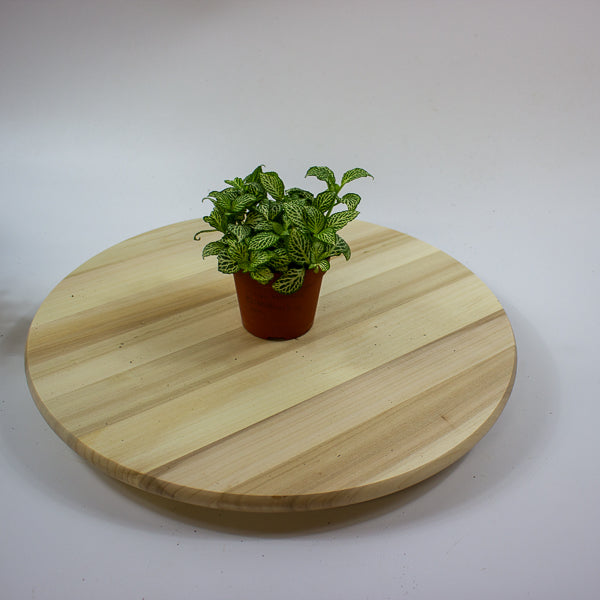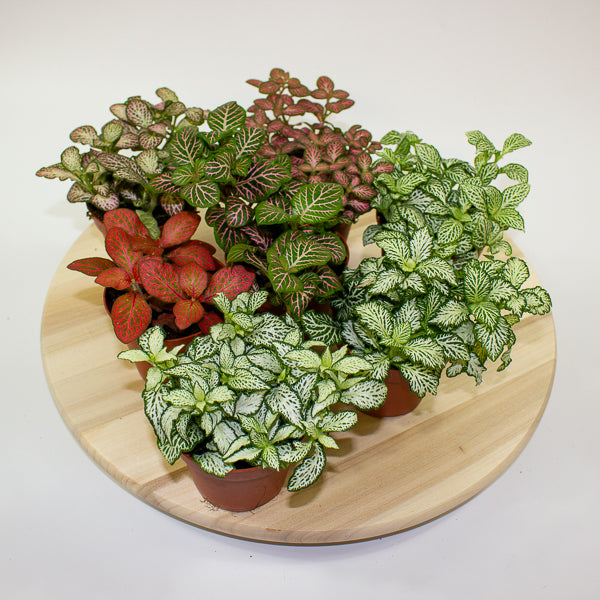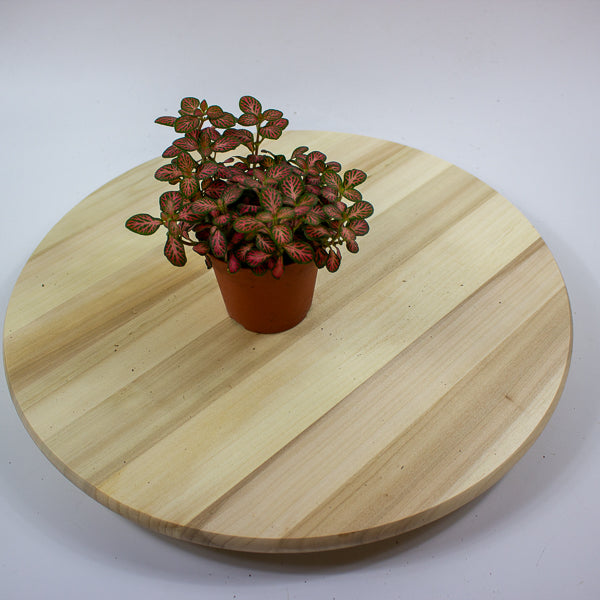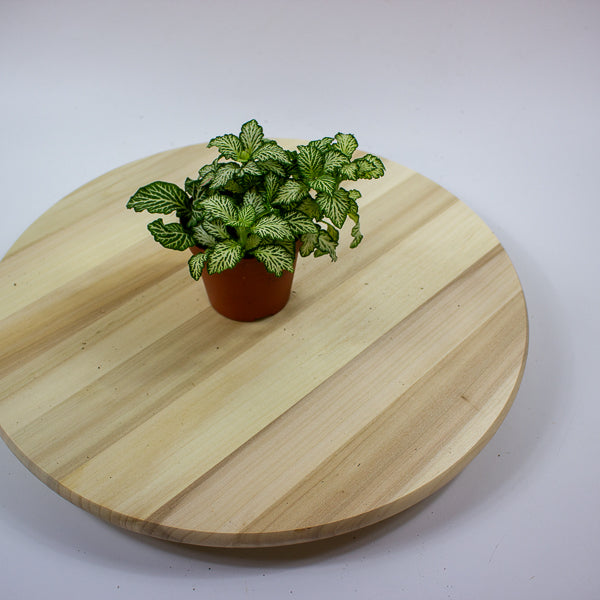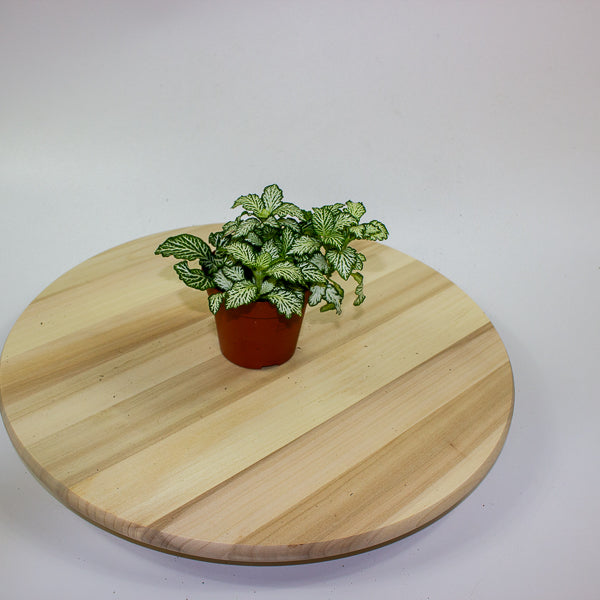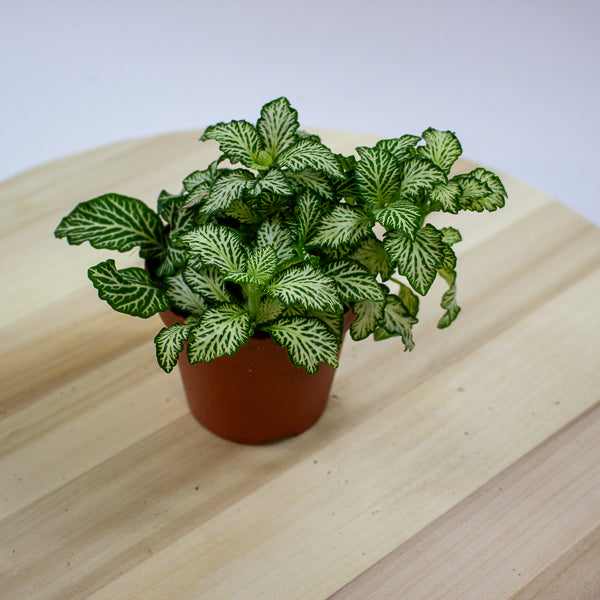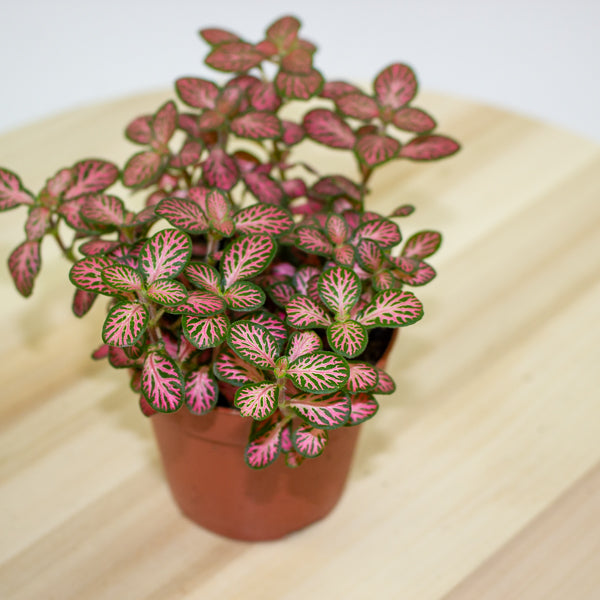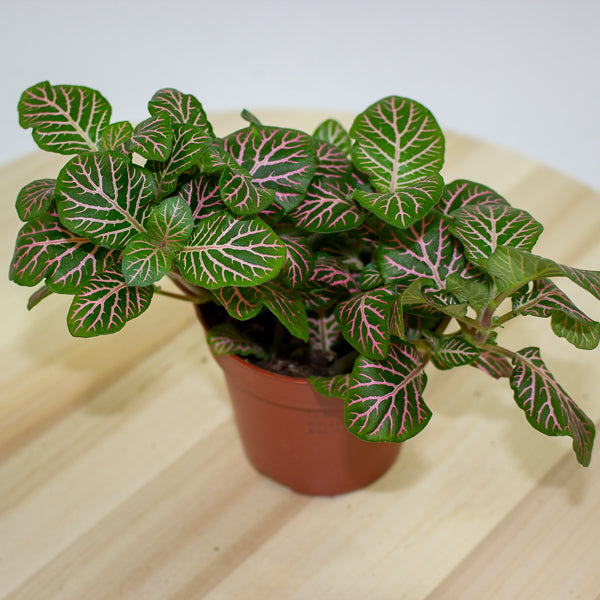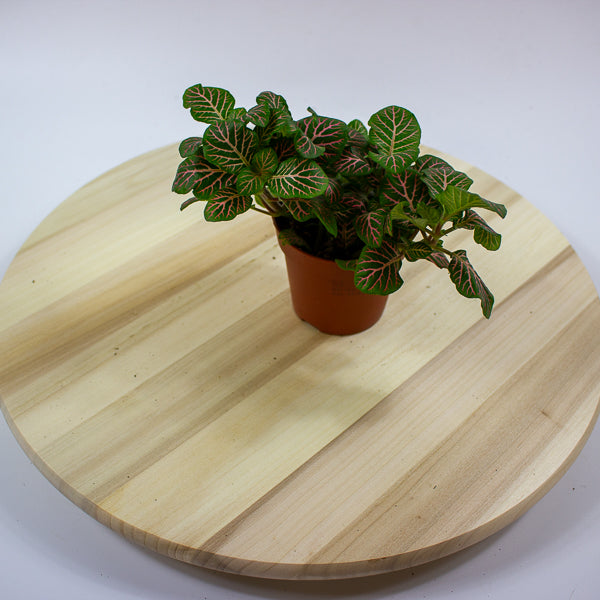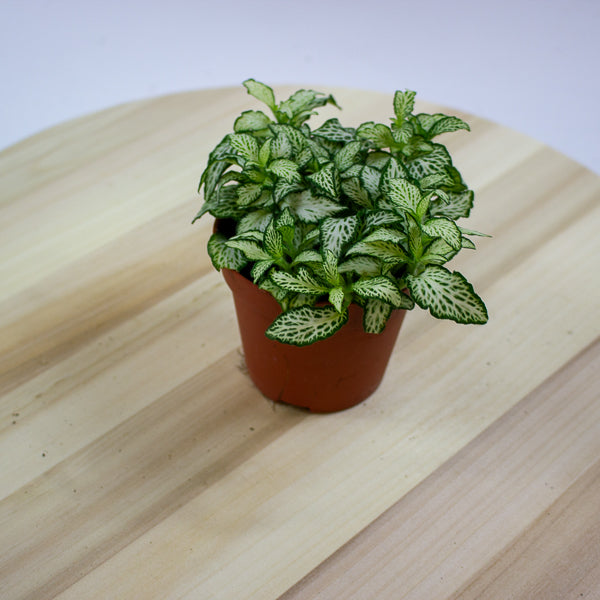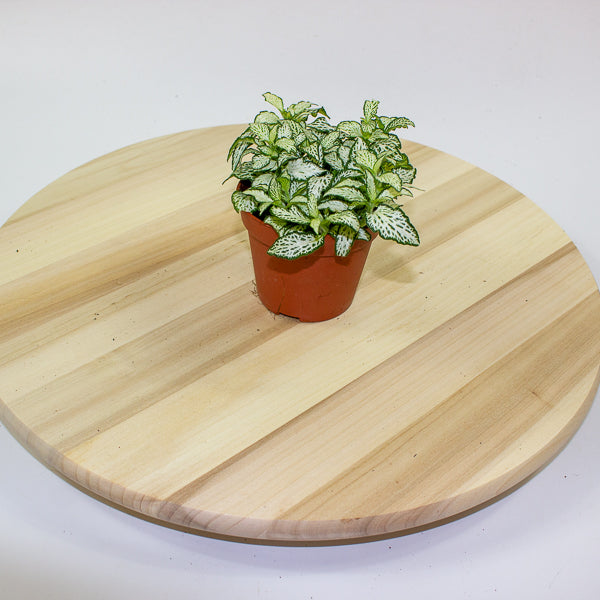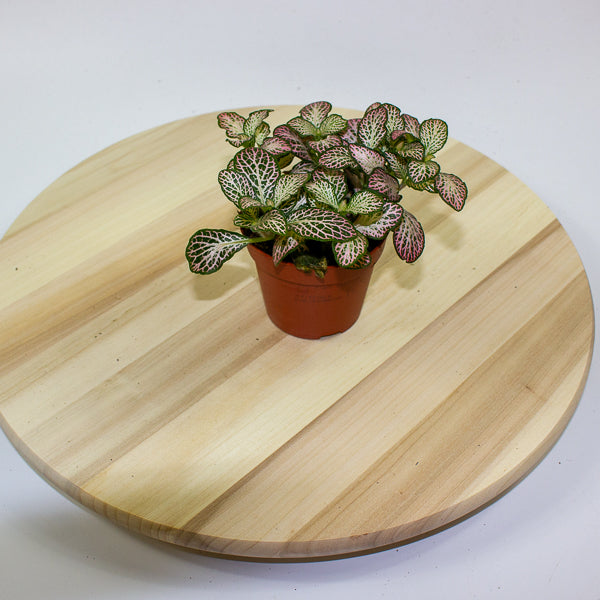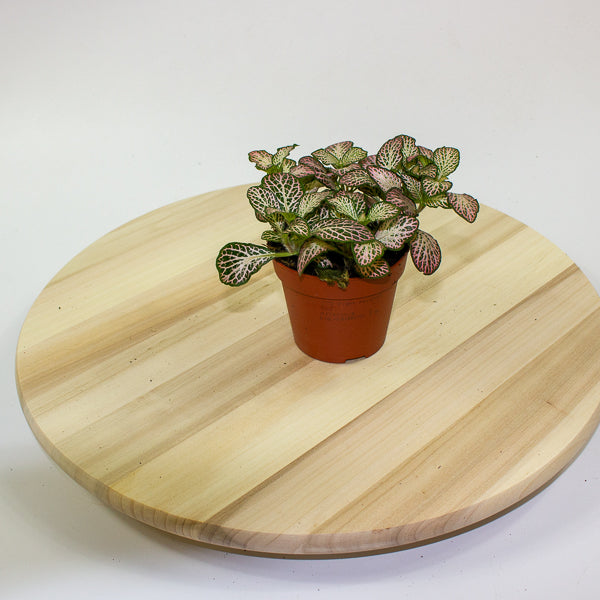1
/
of
21
Emm's Plant House
Fittonia 'Nerve Plant' 7cm H12cm
Fittonia 'Nerve Plant' 7cm H12cm
Regular price
£10.00 GBP
Regular price
Sale price
£10.00 GBP
Unit price
/
per
Taxes included.
Couldn't load pickup availability
Fittonia, commonly known as the Nerve Plant, is a small, low-growing tropical plant known for its vibrant, veined leaves. Native to the rainforests of South America, Fittonia features bright, contrasting veins that can be pink, red, or white, depending on the variety. It is an excellent choice for terrariums, hanging baskets, or as a houseplant, thriving in humid, shaded conditions. Its stunning foliage and compact size make it perfect for small spaces and as an accent plant.
- Full Botanical Name: Fittonia
- Common Names: Nerve Plant, Mosaic Plant
- Country and/or Region of Origin: Native to the rainforests of South America, particularly Peru and Brazil
- Growing Conditions in Native Habitat: Grows in the shaded understory of tropical rainforests, thriving in high humidity and well-draining, organic-rich soil.
Care Guide
Care Guide
Share
